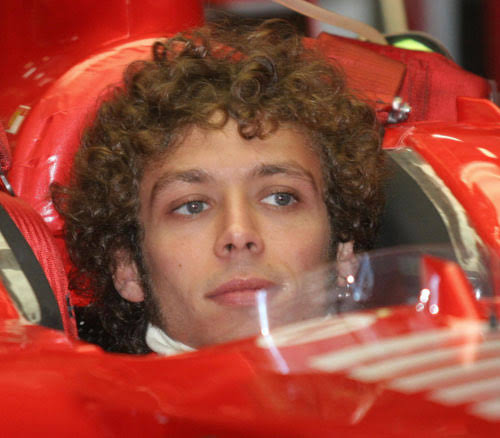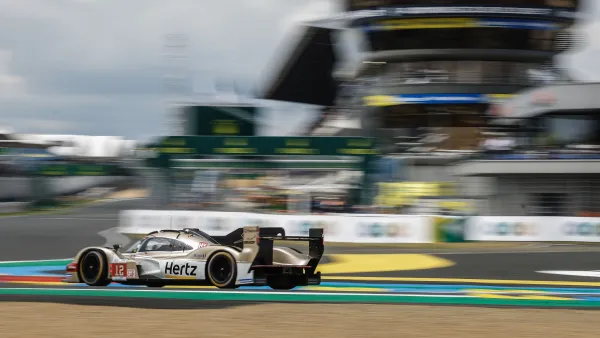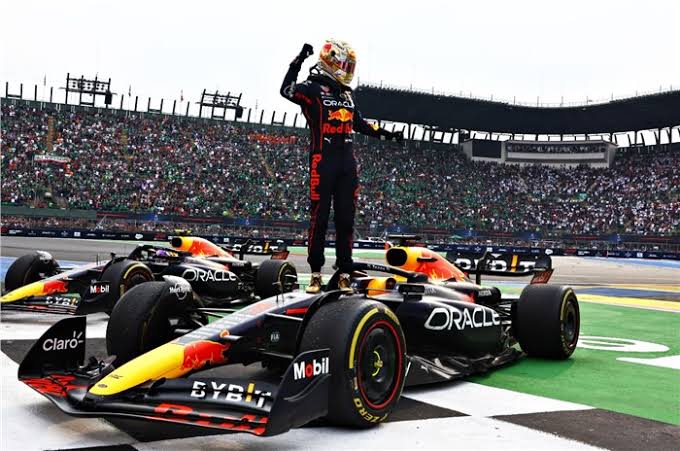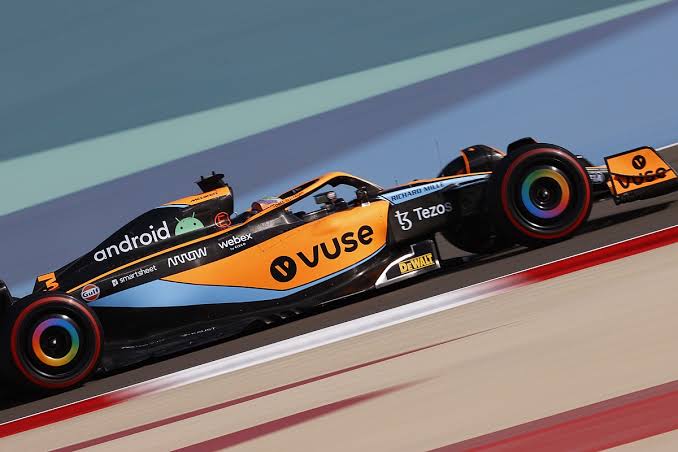When Could Andretti Join the F1 Grid? All You Need to Know
The world of Formula 1 is on the verge of a significant transformation with the potential entry of the Andretti Cadillac. The dream of Michael Andretti, the team’s owner, to establish an American presence at the pinnacle of motorsport is one step closer to reality. But when exactly could Andretti make his debut on the F1 grid? In this article, we explore the timeline, potential challenges, and factors that could influence the team’s entry into the world of Formula 1.
A Seven-Month Journey
Andretti’s journey to the F1 grid has been marked by a meticulous seven-month process of due diligence. After extensive scrutiny, the FIA (Fédération Internationale de l’Automobile) granted the green light for Andretti Cadillac to enter Formula 1. This crucial development makes Andretti the sole entrant among seven entities to receive approval from F1’s governing body.
Financial and technical resources
The FIA’s acceptance of Andretti’s bid underscores the team’s possession of the essential financial and technical resources to compete in Formula 1 over the long term. It signifies their readiness to take on the challenges and responsibilities that come with being a part of the F1 world.
The roadblocks ahead
While the FIA’s approval is a momentous achievement, it is merely one step in the complex process of joining Formula 1. Andretti now faces the formidable task of reaching an agreement with FOM (Formula One Management), the commercial rights holder of F1, owned by Liberty Media. This phase is proving to be a more significant hurdle than the initial application process with the FIA. It’s here that the interests of the ten existing F1 teams come into play.
The Prize Pool Conundrum
A substantial concern for existing F1 teams revolves around the distribution of the current prize pool, which exceeds one billion dollars. The addition of an 11th expansion team would necessitate sharing this prize pool with one more entity, resulting in a reduced share for the current teams.
F1’s Concorde Agreement, the commercial contract that binds the FIA, F1, and its teams, incorporates a $200 million anti-dilution fee. This fee acts as a barrier to entry, requiring new entrants to pay this amount upfront. The money collected is then redistributed among the existing teams to offset the revenue loss caused by sharing income with another team.
Teams Demand a Reworked Fee
Many existing teams argue that the $200 million anti-dilution fee is inadequate. It was conceived during a period when several F1 teams were grappling with financial difficulties. The recent boom in F1’s popularity, along with the introduction of the budget cap, has significantly increased the value of F1 teams. Hence, existing teams are advocating for a substantial increase in this fee. Their rationale is that it’s necessary not only to compensate for the revenue shared with Andretti but also to safeguard the overall value of their teams. Teams such as Williams and Haas, which successfully weathered the financial storm brought on by the COVID-19 pandemic, feel that they should be rewarded for their resilience.
Andretti’s Perspective
Michael Andretti, the owner of the Andretti F1 team, holds a different viewpoint. He is confident that his team, in collaboration with Cadillac, will generate additional revenue. According to Andretti, this will ensure that the existing teams do not incur losses in terms of income. The burden now rests on Andretti and General Motors’ brand, Cadillac, to convince FOM that their entry will expand the revenue pie rather than dividing it into smaller portions.
GM and Cadillac’s Role
The extent to which General Motors (GM) and Cadillac engage with F1 is of paramount importance. F1 is eager to attract more original equipment manufacturers (OEMs) to develop their power units. The possible rekindling of a provisional agreement between Andretti and Renault for engine supply is an intriguing prospect.
Timing the Debut
The exact timing of Andretti’s debut in Formula 1 remains a topic of speculation and debate. Michael Andretti has expressed his preference for a 2025 entry, having already constructed a 2023-spec mule car that has undergone wind tunnel testing. However, the commitment to an all-American identity might necessitate additional time for setting up F1 facilities in the United States, making 2026 a more practical choice.
A significant regulation change is set to come into play for the 2026 season. F1 will switch to all-new cars and hybrid power units. Delaying entry until this period may streamline the process, avoiding the need to design cars that adhere to two different sets of regulations.
The Importance of Acclimatization
The recent history of F1 reveals that newcomers benefit from a year of acclimatization. Haas, the most recent new team to join the grid, made its debut in 2016. This was a year before the landmark shift to significantly different cars in 2017. Acclimatizing to the grand prix scene, refining operational efficiency, and preparing for the challenge ahead have clear benefits.
Driver Lineup
As the pieces of the puzzle come together, one essential element is the driver lineup. Michael Andretti has been vocal about his desire to feature at least one American driver on the Andretti F1 team. His ideal candidate is Colton Herta, a young American driver with an impressive track record in IndyCar. Herta’s success includes becoming the youngest-ever IndyCar race winner at the age of 18.
Challenges for Colton Herta
However, Herta faces a significant challenge in securing the F1 superlicense necessary to compete in Formula 1. To attain this superlicense, he must win the 2024 IndyCar championship. First place in the championship is the sole position that awards the required 40 points for F1.
Alternative Options
In the event that Colton Herta’s path to F1 remains obstructed, there are limited alternatives for American drivers with superlicenses. Logan Sargeant, the current Williams driver, could be a potential option if Herta cannot secure a superlicense.
Mentorship and experience
Andretti plans to complement Herta with an experienced driver who can provide mentorship and guidance. The identity of this second driver remains uncertain. By 2025 or 2026, several drivers may find themselves out of contract or out of favor with their current outfits, making them potential candidates for Andretti’s second seat.
Conclusion
The journey of the Andretti Cadillac to join the Formula 1 grid is riddled with complexities and obstacles. While the FIA’s approval marks a significant milestone, securing an agreement with FOM and addressing the concerns of existing F1 teams is a formidable task. The potential addition of an 11th team has rekindled discussions about the distribution of the prize pool. As discussions continue, the timing of Andretti’s debut in Formula 1 remains uncertain. The American dream of Formula 1 is closer than ever, but the road ahead is challenging, filled with negotiations, regulations, and driver selections. Formula 1 fans worldwide eagerly await Andretti’s entry and the impact it will have on the sport.






















